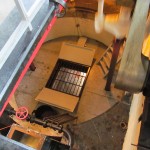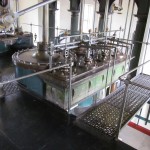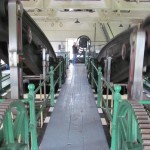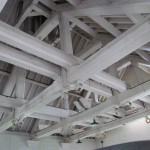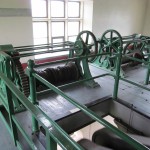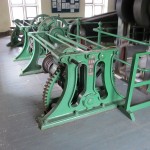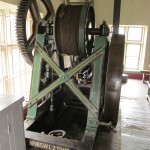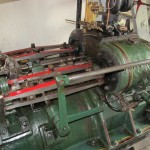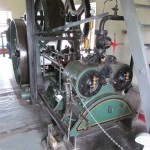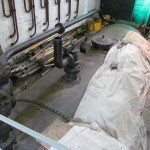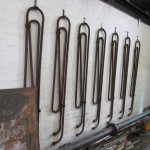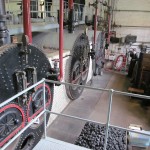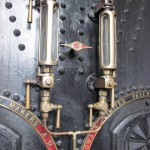The Ryhope Engines Museum is based at Ryhope Pumping Station which was built in 1868 to supply water to the Sunderland area. The station ceased operation in 1967 – after 100 years of continuous use.
Background
As the Industrial Revolution developed new challenges were thrown up. A rapidly growing population in the nineteenth century, much of which was concentrated in new mining villages throughout the Northumberland and Durham coalfield, together with the growth of new industries and expansion of older ones in towns like Sunderland (now a city), produced a rapidly increasing demand for water for domestic and industrial requirements.
Various sources were used to meet this demand. Rivers, natural springs, surface reservoirs and wells were used. In North East Durham, however, abundant supplies of good quality water were on the doorstep, or, more correctly, in the cellar, for it lay within the geological stratum known as magnesian limestone.
During the first half of the nineteenth century repeated cholera outbreaks, both nationally and locally led to a much greater concern for water supplies. The creation of the Sunderland and South Shields Water Company in 1852 was one local result of this.
The Construction
At the time the Company received the Royal Assent there were several pumping stations in districts around Sunderland but the urgency of water demands pressed heavily upon the Company. In 1864 four acres of land at Ryhope were acquired and in May of the following year Thomas Hawksley, in his position as Engineer to the Company, was asked to provide designs and specifications for the ‘new works’.
Construction of the engine house was not without its problems. The beam engines and their house form an integrated structure. Not only did the foundations have to serve as foundations for most of the engine components, as well as provide support for the well heads, but also the massive rocking beams had to be supported at some twenty-two feet above ground level. Therefore engine and engine house construction had to proceed together, but not in such a manner that they would interfere with the sinking of the wells.
The Exterior
Ground Floor
The First Floor
The Second Floor
Boiler Plant
Coal Store
The Blacksmiths
Videos
To Make this post even bulkier here is a load of video footage shot inside the museum largely showing the various parts of the engine at work.




